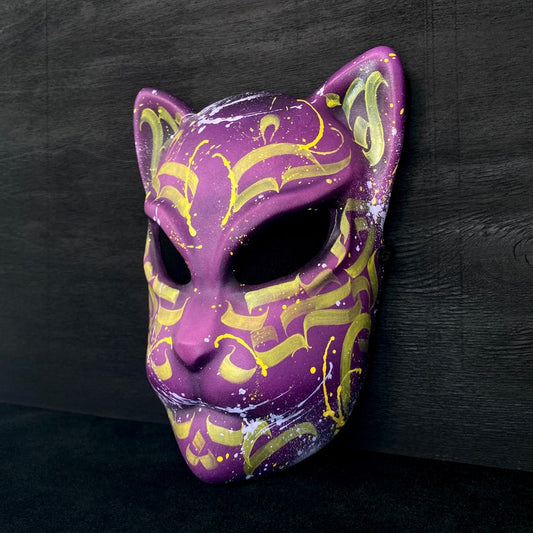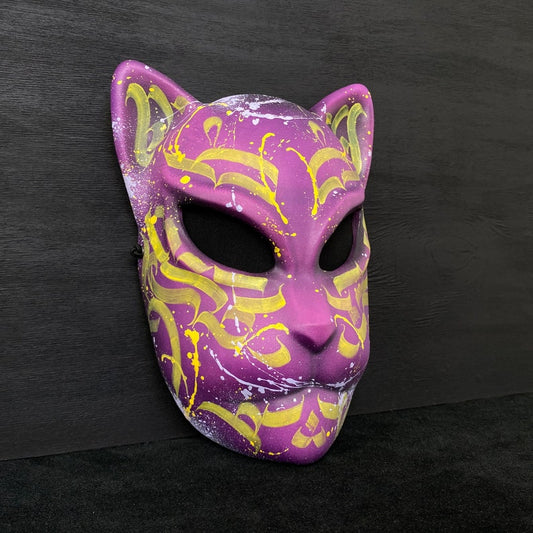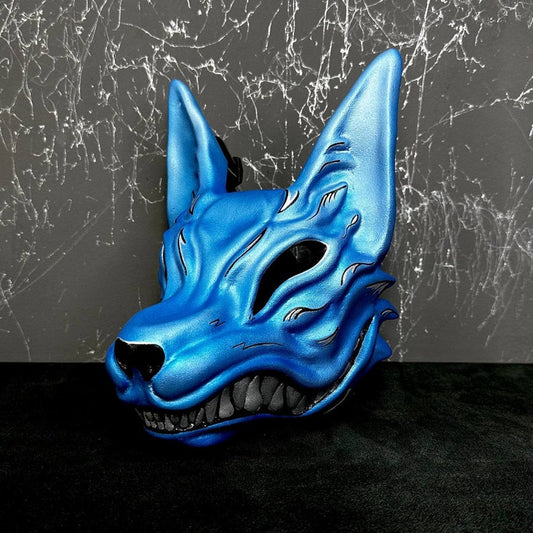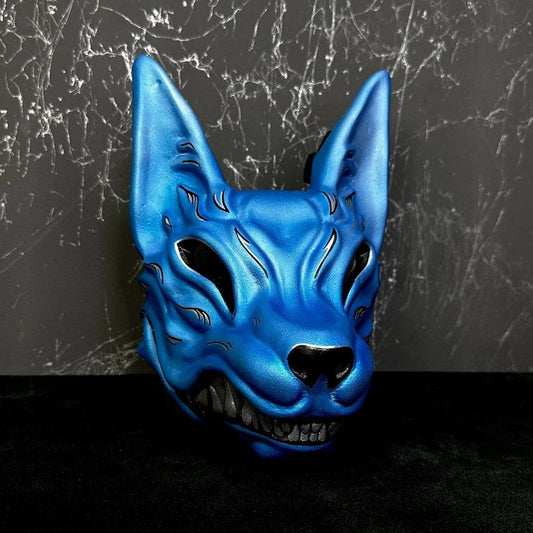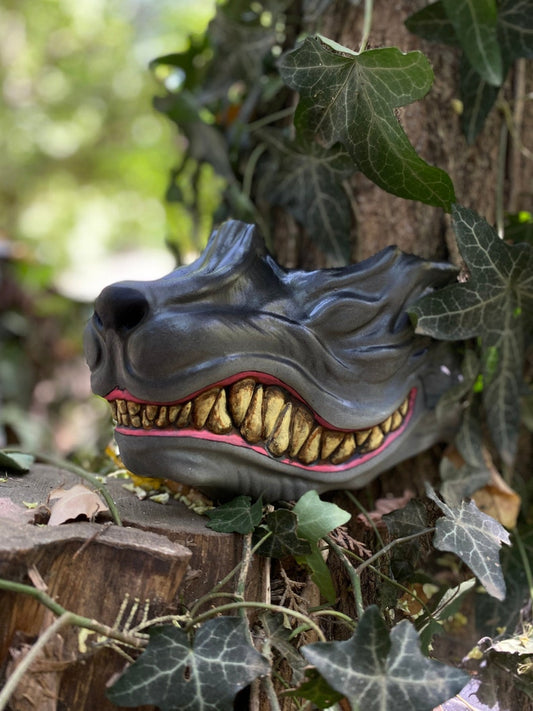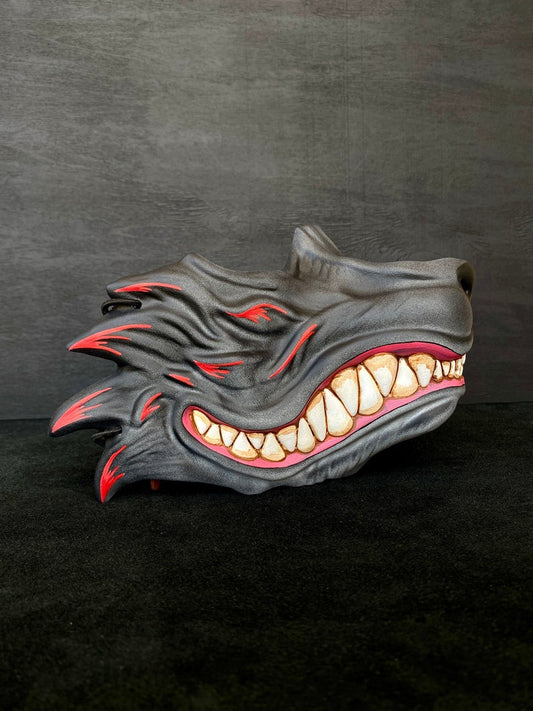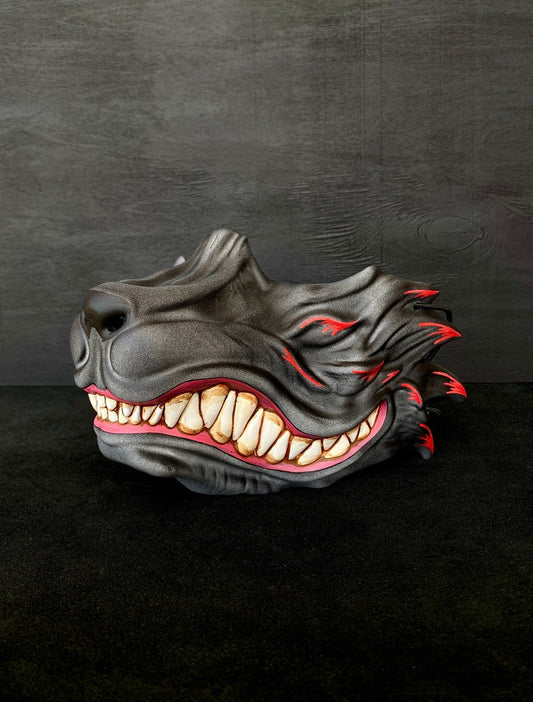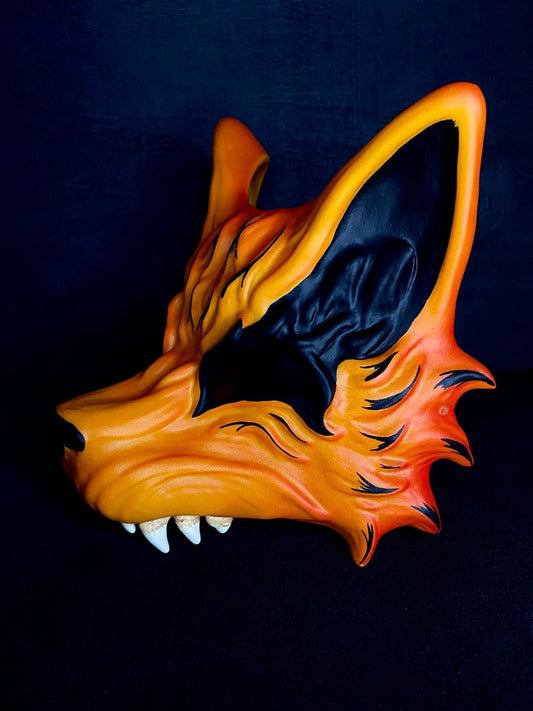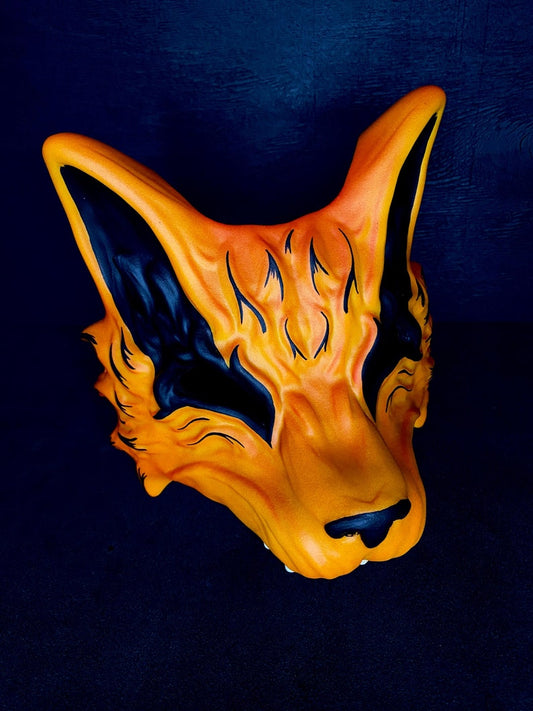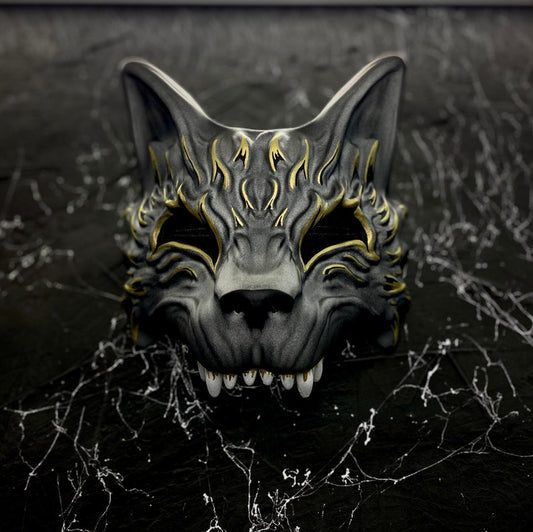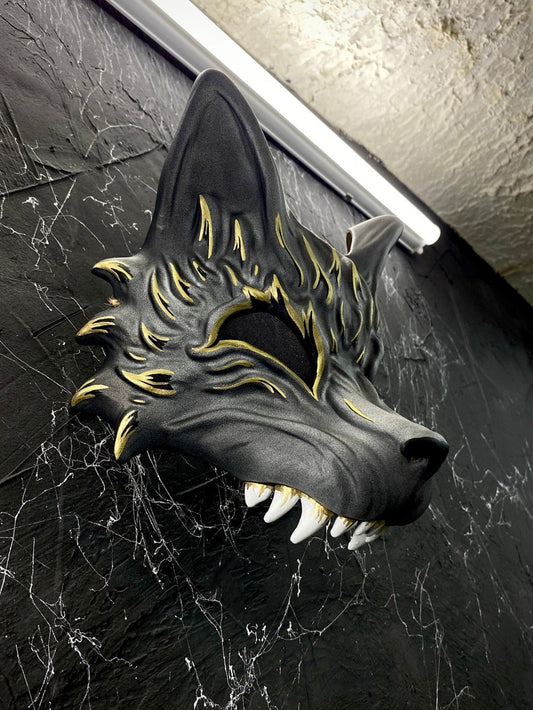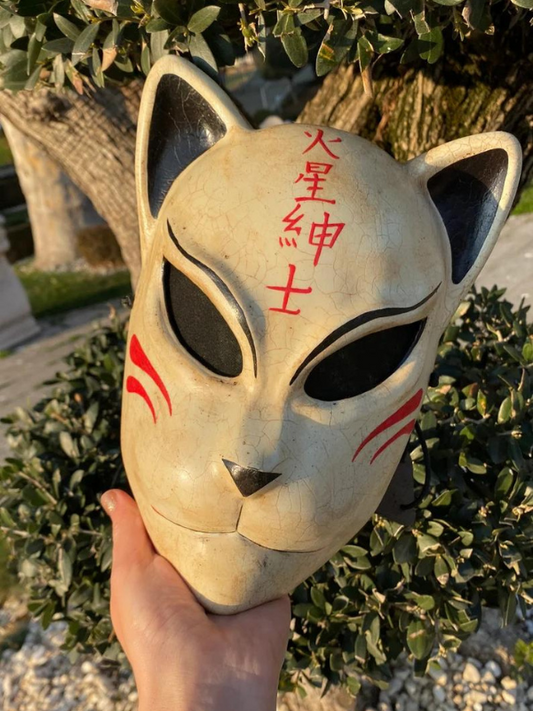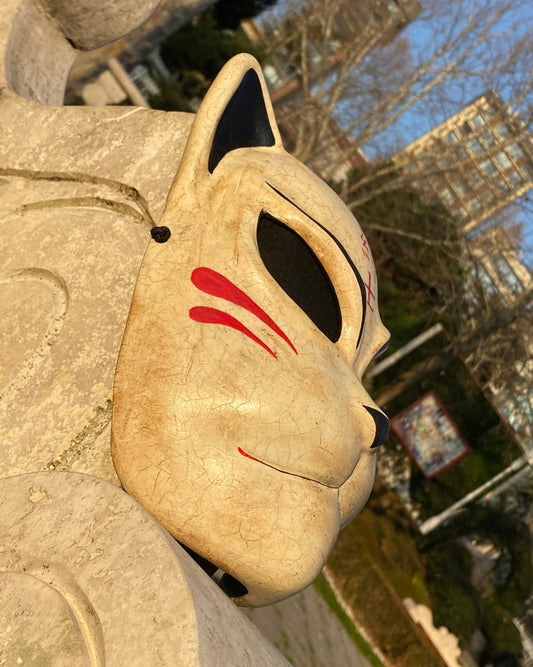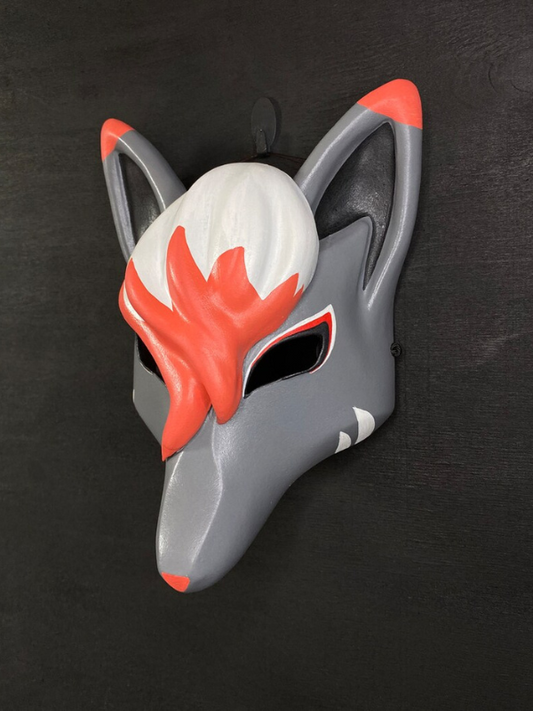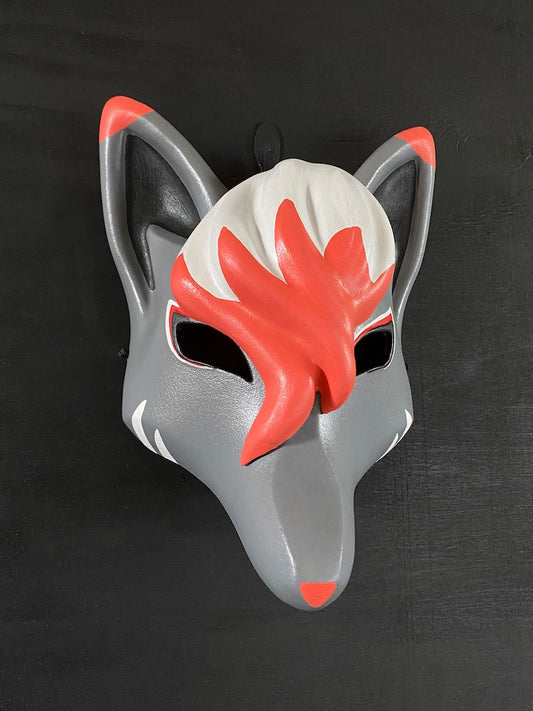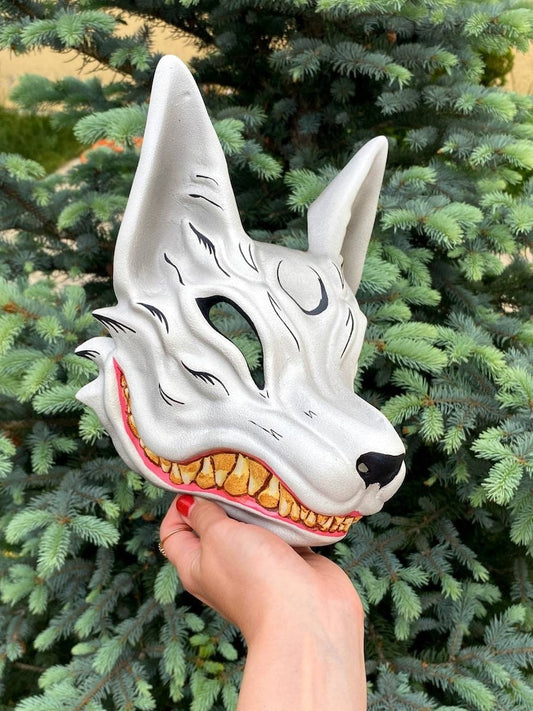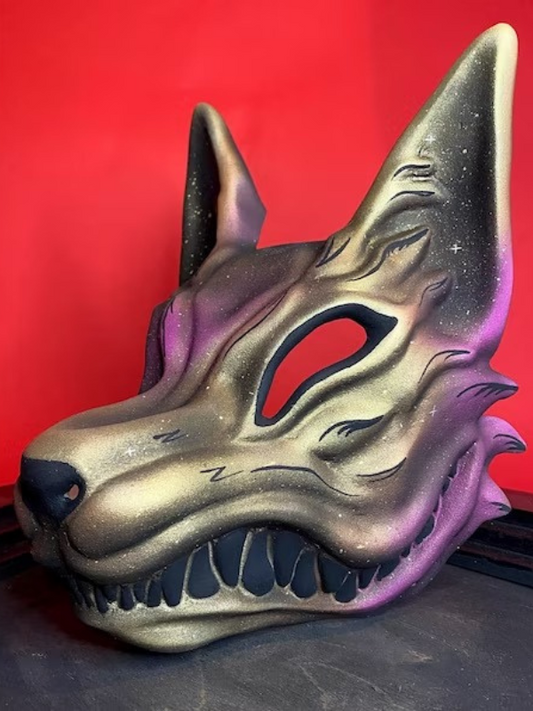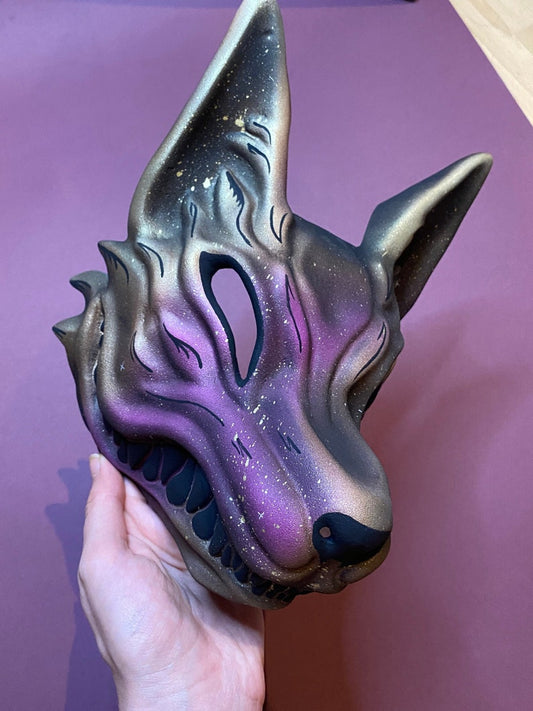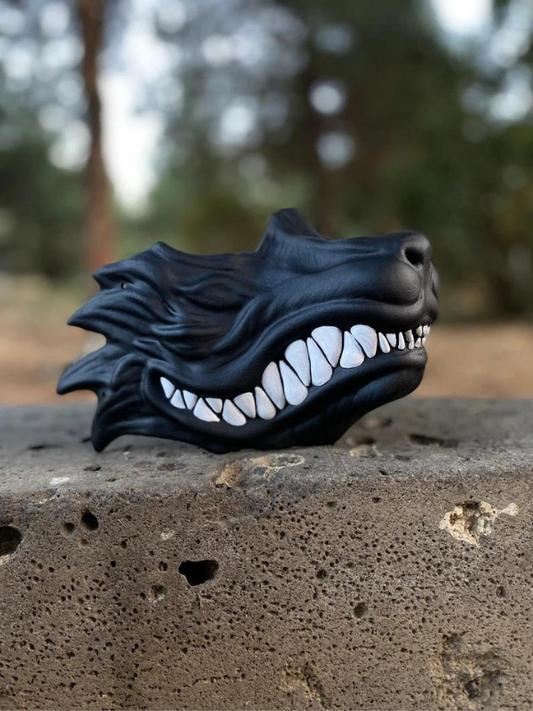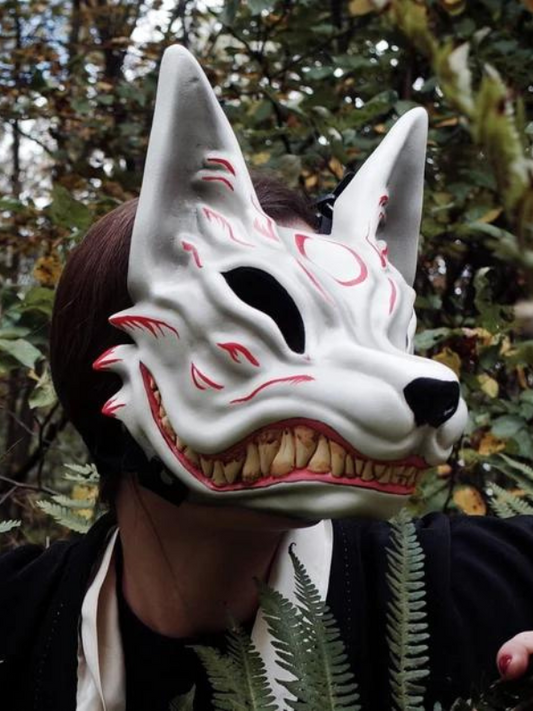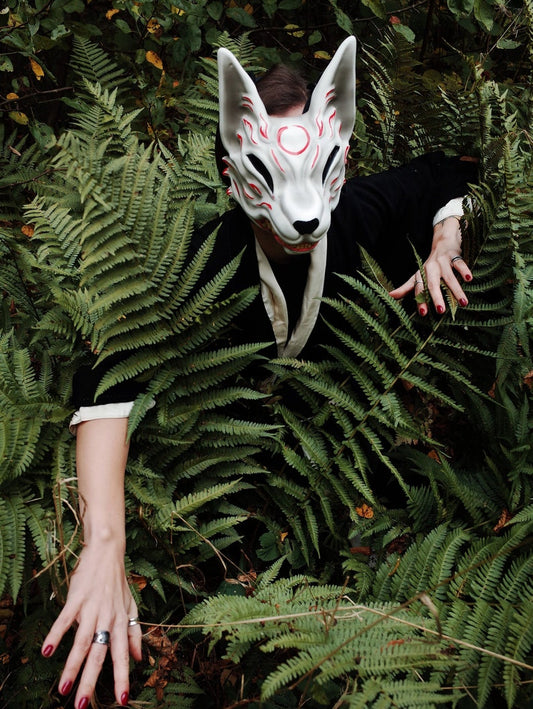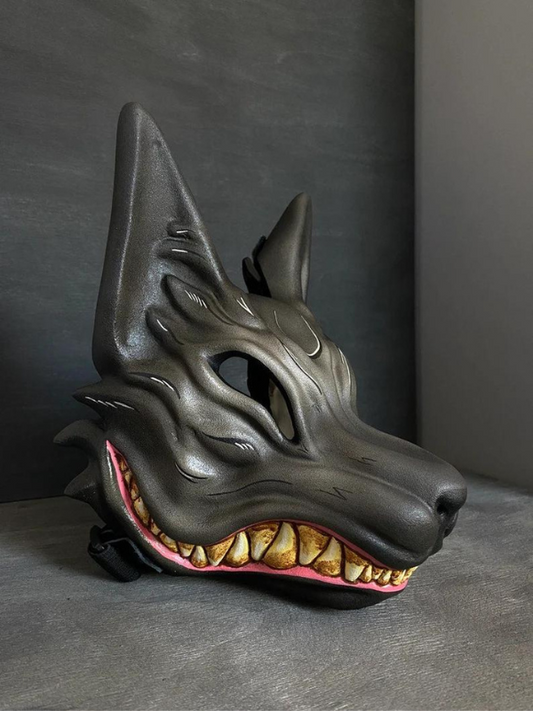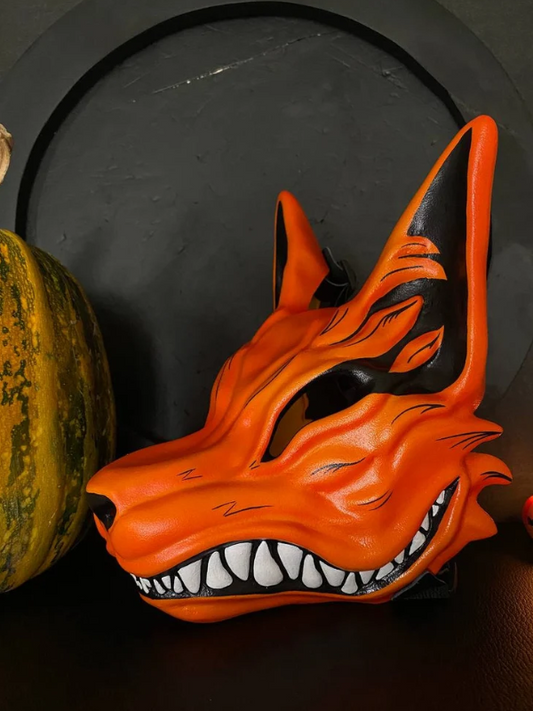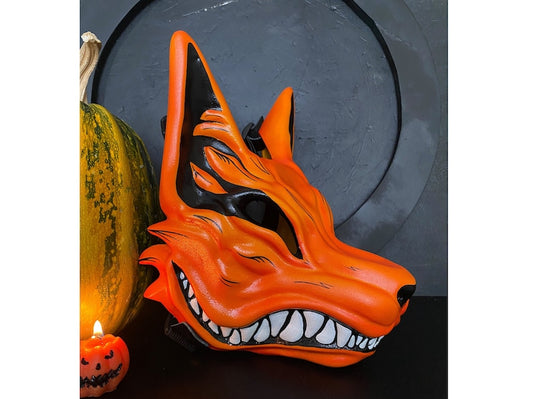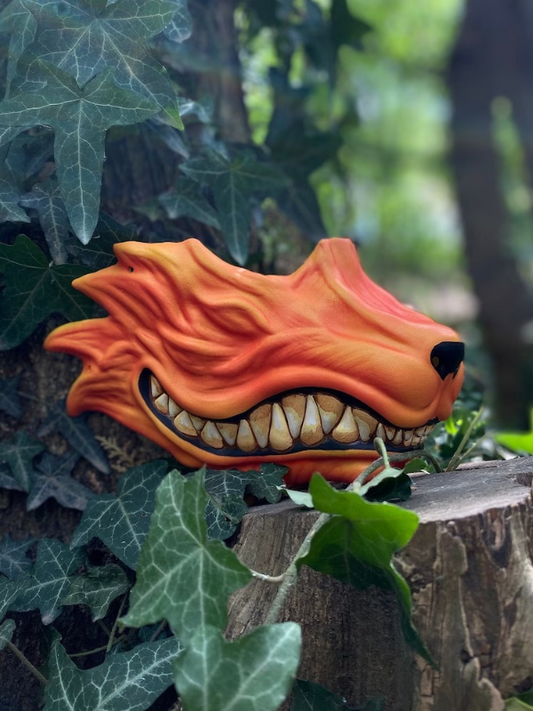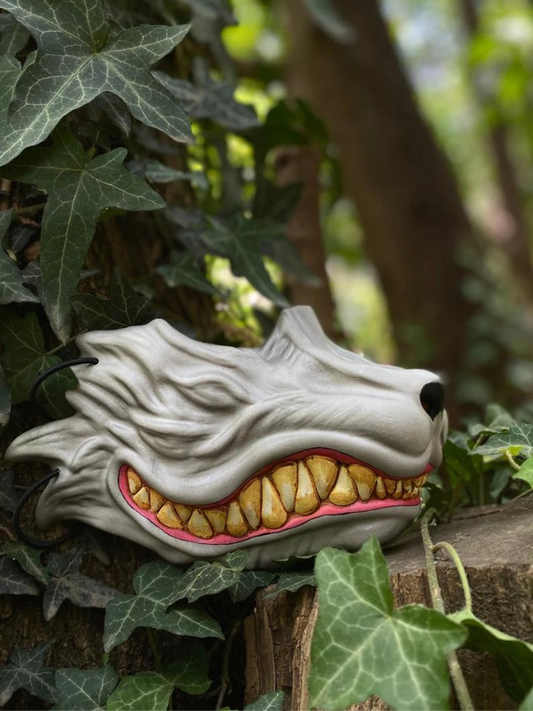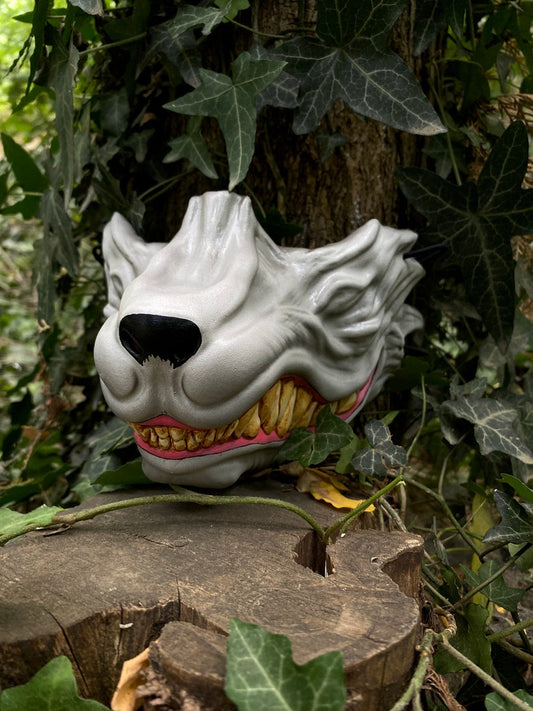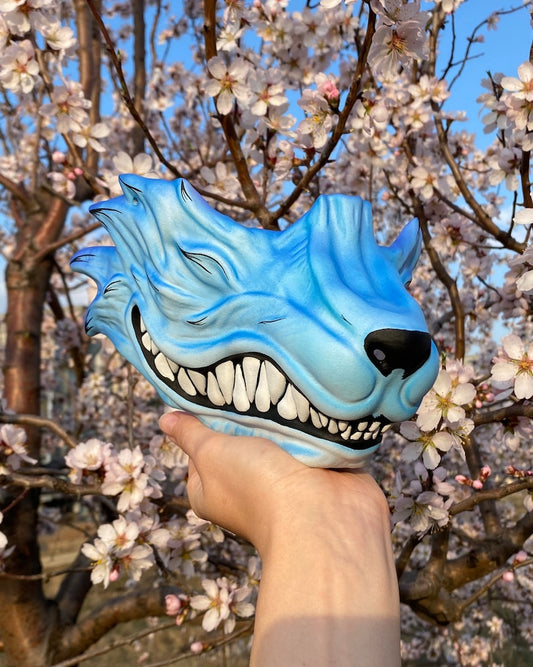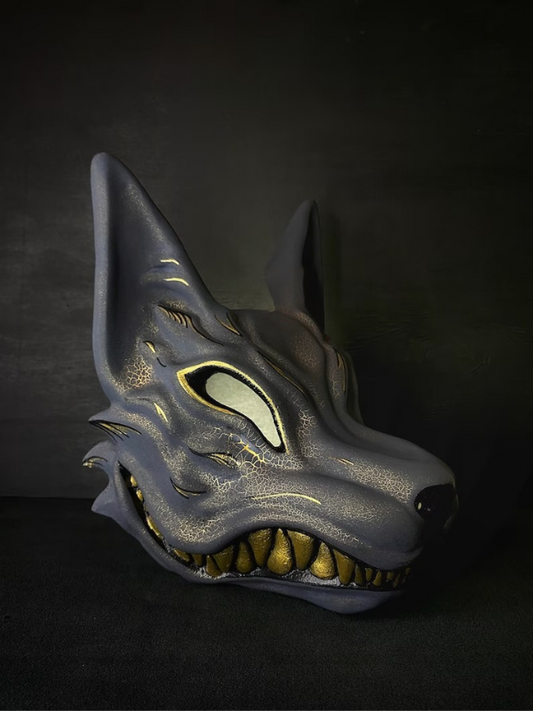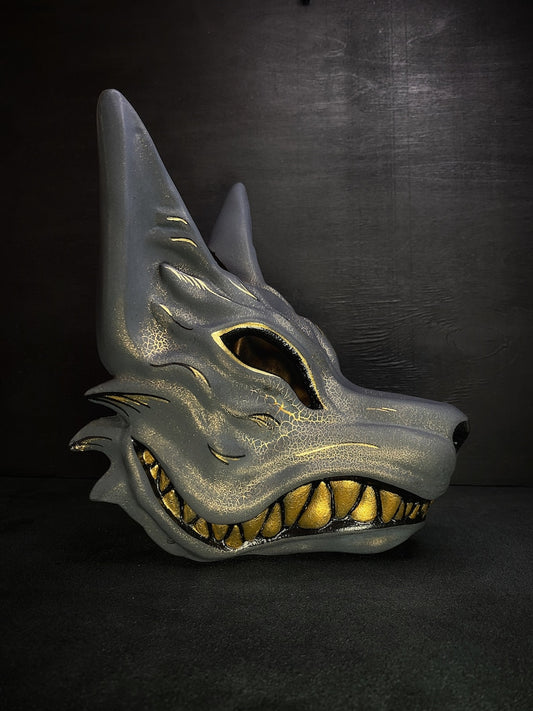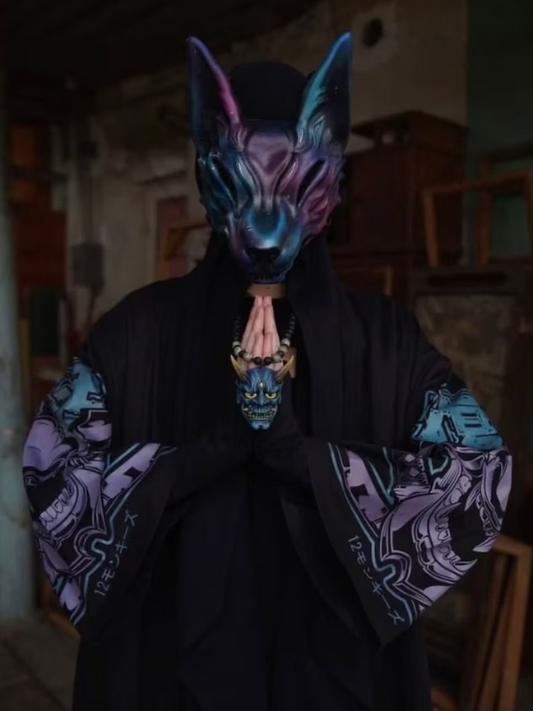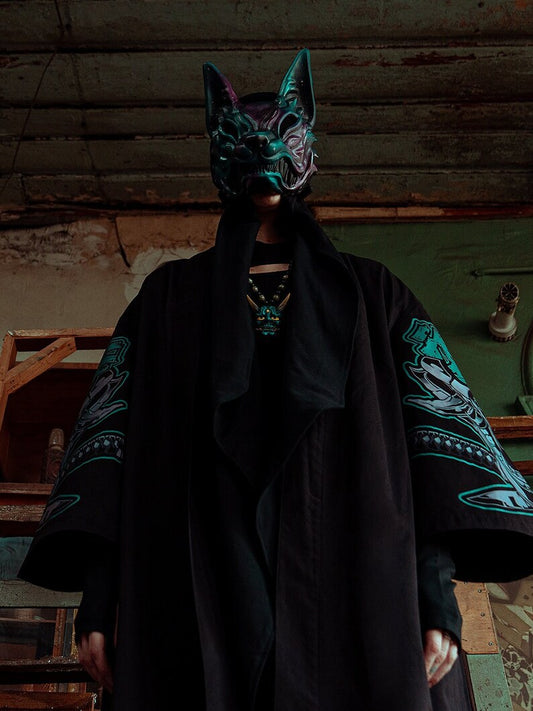Kitsune Masks: The Emblem of Mystique and Folklore
Kitsune masks are a fascinating aspect of Japanese mythology, representing the elusive and mystical fox spirits that have captured the imagination of the Japanese people for centuries. These masks are not only a symbol of the supernatural but also an important cultural element in theater, festivals, and art.
Origins and History of Kitsune Masks
The concept of Kitsune can be traced back to ancient Japanese folklore and Shintoism, the indigenous religion of Japan. Kitsune are considered to be messengers of the Shinto deity Inari, the god of rice, fertility, and prosperity. They are also believed to possess magical abilities, such as shape-shifting, and are often depicted as cunning tricksters.
Kitsune masks emerged as a way to represent these mythical creatures in various aspects of Japanese culture, such as theater, festivals, and religious ceremonies. The masks have evolved over time, with their design and symbolism reflecting the complex nature of Kitsune and their dual role as both benevolent protectors and mischievous tricksters.
In Japanese folklore, Kitsune are believed to possess intelligence and magical abilities. As shapeshifters, they can transform into human form, and they're often depicted as cunning creatures or as protective spirits. The Kitsune mask captures this complex character, depicting the fox's features with a range of expressions that can vary from benign and jovial to malevolent and ominous.
In the realm of traditional Japanese theater, particularly in Noh and Kyogen, the Kitsune mask plays a significant role. It is used in various plays that depict stories of the Kitsune interacting with humans, often resulting in humorous or moral teaching situations. Actors don the mask to portray these roles, bringing the stories to life.
The Kitsune mask also makes an appearance in Shinto festivals, most notably the Oji Fox Parade, where participants wear the mask to welcome the New Year. In modern times, it has become popular at festivals, parties, and cosplay events, serving as a fun and intriguing element of Japanese culture.
Whether used in theatrical performances, traditional celebrations, or simply as a decorative item, the Kitsune mask is a captivating symbol of the rich folklore and cultural traditions of Japan. Its intricate design and the layers of meaning it embodies continue to draw interest and admiration, making it an enduring icon in Japanese culture.
Design and Meaning of the Kitsune Mask
Kitsune masks are designed to capture the distinctive features and expressions of the mythical fox spirits. The masks typically have a white or red face, large eyes, and a serene, enigmatic expression. The most iconic feature of Kitsune masks is the fox-like ears, which emphasize the creature's connection to the natural world and its supernatural abilities.
Some Kitsune masks also incorporate elements such as whiskers, a bushy tail, or a leaf in the mouth, which symbolize the Kitsune's shape-shifting powers and ability to blend into their surroundings. The color of the mask can also hold symbolic significance, with white representing purity and divine connection, and red symbolizing passion, transformation, or danger.
Crafted meticulously, often from materials like clay, dry lacquer, cloth, paper, or wood, the Kitsune mask features a stylized fox face. This typically includes pointed ears, high cheekbones, and a narrow chin, combined with detailed facial features that may be painted in various colors. The color, shape, and design details can vary, reflecting the multifaceted nature of the Kitsune in folklore.
Roles and Significance in Japanese Culture
- Theater: Kitsune masks play an important role in traditional Japanese theater, such as Noh and Kabuki, where they are used to portray fox spirits, shape-shifting characters, or other supernatural beings. The masks' enigmatic expressions and intricate design allow the performers to evoke the mysterious and captivating world of Japanese mythology.
- Festivals: Kitsune masks are also prominently featured in Japanese festivals, such as the Oji Fox Parade or the Inari Festival. During these events, participants don the masks and engage in dances, processions, and rituals to honor the fox spirits and seek their blessings for a prosperous year.
- Religious Ceremonies: In Shintoism, Kitsune are revered as messengers of the deity Inari, and their masks are often used in ceremonies and rituals at Inari shrines. Worshippers may wear Kitsune masks as a way of connecting with the deity, seeking protection, or expressing gratitude for their blessings.
- Art and Crafts: The intricate design and cultural significance of Kitsune masks have made them a popular subject in Japanese art, with artists creating paintings, woodblock prints, and sculptures featuring the iconic masks. Kitsune masks are also sought after as collectible items and decorative pieces, reflecting their status as symbols of Japan's rich cultural heritage.
- Popular Culture: In modern Japan, Kitsune masks continue to captivate audiences, with their imagery appearing in manga, anime, and film. The masks have also become a popular accessory in fashion and cosplay, allowing enthusiasts to express their creativity and pay homage to Japanese tradition.
Kitsune masks are a powerful symbol of the enchanting world of Japanese mythology and the enduring appeal of the fox spirits that inhabit it. Through their presence in theater, festivals, and art, Kitsune masks continue to

